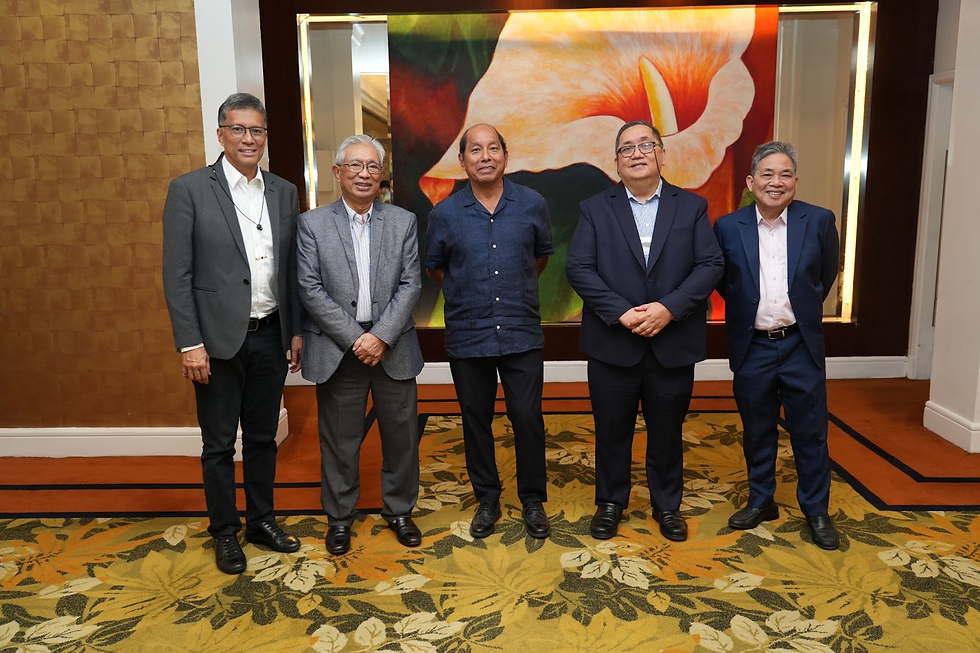THE RICE INDUSTRY HAS SHOWN RESILIENCY AMIDST COVID — ACTION FOR ECONOMIC REFORMS
- Action for Economic Reforms
- Oct 19, 2020
- 2 min read
“Many industries have been negatively affected by the global health crisis but the rice industry has proven to be somewhat resilient,“ Action for Economic Reforms (AER) said in a report titled “The Rice Industry Under the COVID Weather.”
The report, featured the findings of PSA’s Palay and Corn Production Survey which showed that palay production still managed to grow by 7.1 percent to 4.125 million metric tons during the second quarter of 2020 at the height of the COVID-related lockdown.
“Although some of the rice-producing provinces with a decline in production experienced a fall in area harvested, there was a reported 4.4% increase in palay harvested areas for the country as a whole,” AER added.
It noted that despite the 2.5% increase in productivity per hectare this year, targets are still widely unachieved.
“The average productivity of 4.32 metric tons per hectare represents a 2.5% increase over the same period of the previous year. However, this is still a long way from the target of at least six (6) metric tons per hectare,” AER explained.
It described the rice industry’s performance for the combined first and second quarter (of 2020) as ‘tempered growth,’ highlighting that “production and yield increased, despite a reduction in total area harvested for palay.”
According to AER, favorable weather and the ramping up of government support for the industry are the two major factors that paved the way for the positive performance of the rice sector in spite of the ongoing pandemic. However, AER also recognizes that some farmers beg to differ.
“We note, however, that some farmers who have yet to receive government support or have received support but after much delay, insist that this positive performance of the rice sector is simply due to good weather. They concede that there was indeed growth, but negative sentiments prevail with those adversely affected by declining farmgate prices,” AER said.
Interventions that seek to address the concerns of the domestic producers are expected to be undertaken over the short- and medium-term. Such interventions include intensified palay procurement initiatives by NFA and LGUs and providing direct cash transfers to small rice farmers.
“Lowered costs and improved productivity mean more competitive local farmers, which should redound to increased incomes. This can be achieved by diligently and expediently implementing the Rice Competitiveness Enhancement Program (RCEP). Further, it must be complemented by other non-RCEP agriculture support interventions and institutional reform measures,” AER said.
For AER, lowering the cost of production and increasing farmers’ productivity is the long-term goal but the transition process of mitigating losses while maximizing gains must be properly overseen and managed in order for the reform to be felt by all. It likewise emphasized the importance of having accessible granular data for targeted intervention of agriculture programs.



